
NPS Photo
Description and Rationale
Long-term vegetation monitoring helps us determine plant community health, ecosystem stability, and the effectiveness of management activities.
Changes in the composition and structure of plant communities can indicate changing physical conditions in the environment (such as soil, hydrology, nutrient processes) or changing biological conditions (such as invasive plants or animals, insects, disease).
Because basic plant community measurements (such as plant cover and density in an area) are repeatable over time, we can identify and analyze changes. This information enables park managers to modify management practices to ensure the long-term health and persistence of native ecosystems.
Focal terrestrial plant communities include:
- Wet forests at Hawaiʻi Volcanoes National Park, Haleakalā National Park, Kalaupapa National Historical Park, and the National Park of American Samoa;
- Coastal communities at Kalaupapa National Historical Park and Kaloko-Honokōhau National Historical Park;
- Subalpine shrublands of Hawai‘i Volcanoes National Park and Haleakalā National Park;
- Limestone forest at War in the Pacific National Historical Park;
- Mangrove forest at American Memorial Park.
Monitoring Objectives
Determine the status and trends in plant community composition and structure at five-year intervals in five focal plant communities identified in park units in the Pacific islands. Plant community composition and structure will be measured in terms of vascular plant species diversity, cover, density (of woody species by height or size class), and frequency of encountering the species in the community.
For more information on PACN I&M focal terrestrial plant communities monitoring contact: Jacob Gross
Monitored At
-
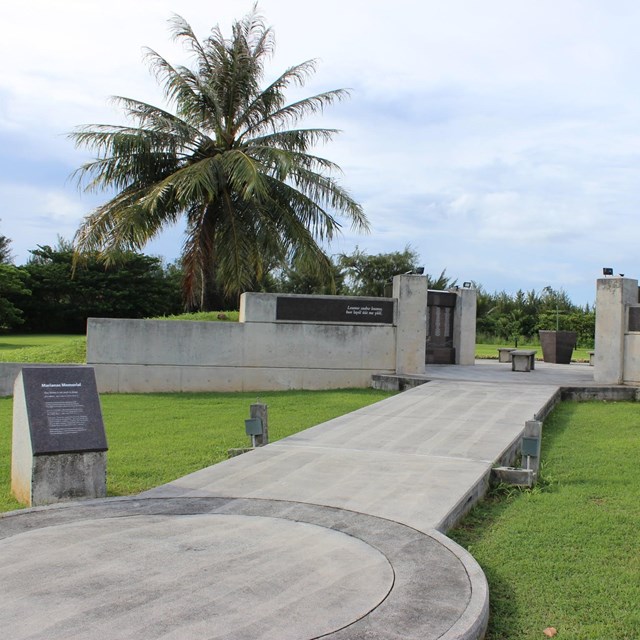 American Memorial Park
American Memorial ParkSee what's monitored at Memorials at American Memorial Park.
-
 Haleakalā National Park
Haleakalā National ParkSee what's monitored at Haleakalā National Park.
-
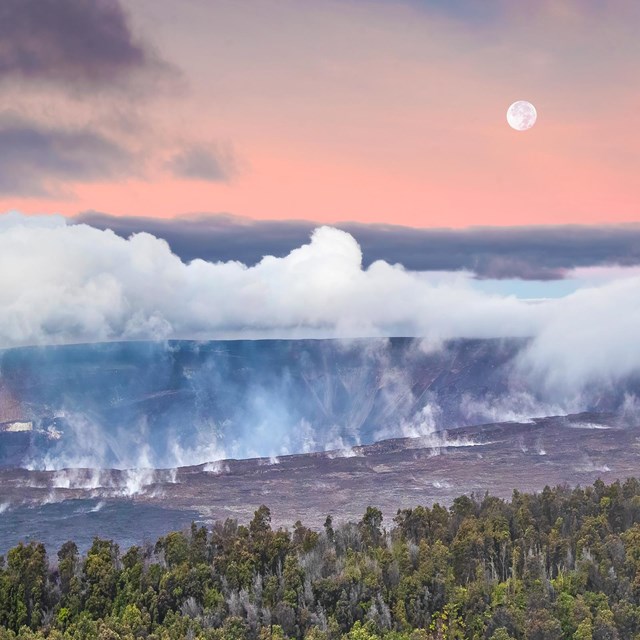 Hawaiʻi Volcanoes National Park
Hawaiʻi Volcanoes National ParkSee what's monitored at Hawaiʻi Volcanoes National Park.
-
 Kalaupapa National Historical Park
Kalaupapa National Historical ParkSee what's monitored at Kalaupapa National Historical Park.
-
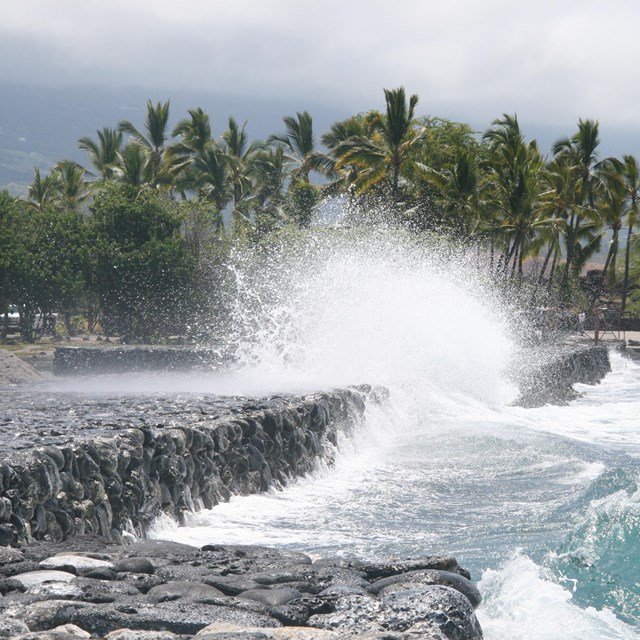 Kaloko-Honokōhau NHP
Kaloko-Honokōhau NHPSee what's monitored at Kaloko-Honokōhau National Historical Park.
-
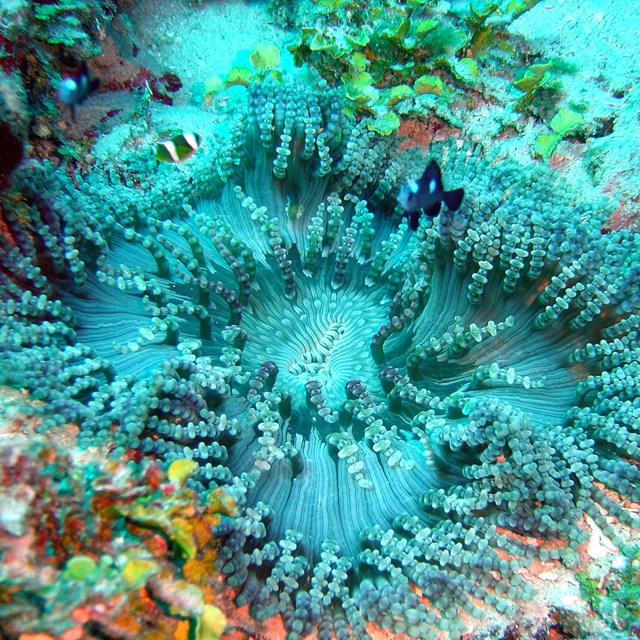 National Park of American Samoa
National Park of American SamoaSee what's monitored at National Park of American Samoa.
-
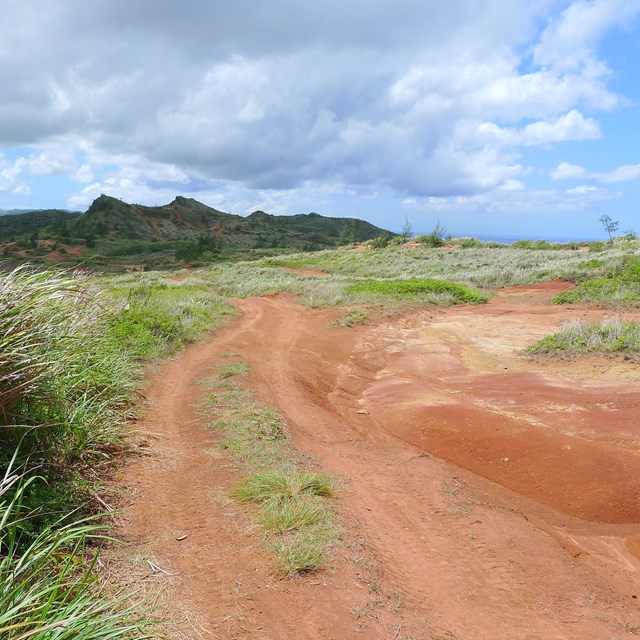 War In The Pacific NHP
War In The Pacific NHPSee what's monitored at War In The Pacific National Historical Park.
Last updated: December 21, 2023
